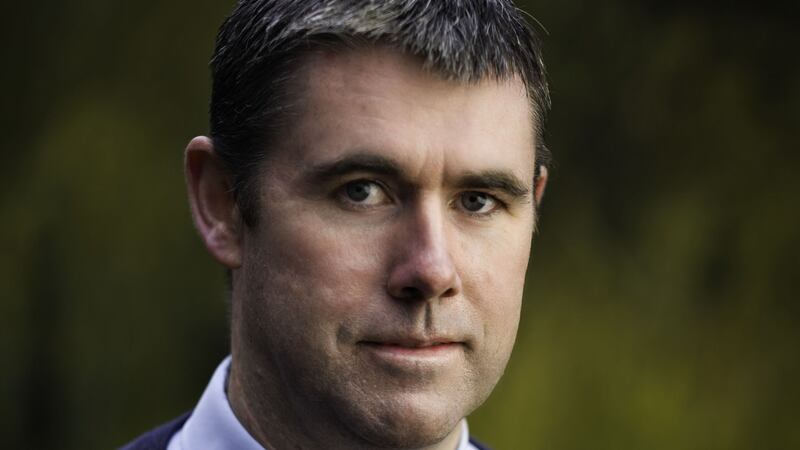Improvements to cow fertility in Ireland, sustainable pig farming in the Netherlands, assistance for isolated and lonely shepherds in Romania, and viable organic farming in the Basque Country. This is just a small selection of the diverse range of topics under discussion this morning at a seminar in Teagasc’s food research centre in Ashtown in Dublin.
Part of the Europe-wide Agrispin project, which has been funded by the EU Horizon 2020 research and innovation programme, the seminar is being held to address how innovation in the European agrifood industry can best be supported.
The project’s overall aim is to establish why some innovation projects fail and identify best practices for innovation and support systems in European agriculture to improve the success rate. It also aims to uncover the “blind spots” that prevent innovation projects from succeeding. These are the aspects of a project that participants may view as minor but which are nevertheless critical for its success.

Fifteen agricultural advisory organisations from across the EU participated in the Agrispin project which began in 2015 and concludes later this year. "The project highlights the importance the network of support for innovation which exists in different European countries," says Tom Kelly, director of knowledge transfer with Teagasc. "The participants shared their experiences of these networks through case studies on multi-actor innovation projects."
He explains that there is always more than one individual involved in innovation. “Commercial providers, researchers, education institutes – lots of people come in to support ideas. It’s very important to understand and appreciate the team effort behind innovation.”
Project participants engaged in a series of cross-visits to see how the innovation projects worked on the ground. Kelly points out that the projects were very often quite small in scale and didn’t involve any EU or other public funding.
“Most of the projects were bottom up, with funding coming from local networks,” he says. “A problem was identified and a group came together to find a solution to it. We tend to think of technical solutions when we discuss innovation but many of the social innovations were quite interesting as well. For example, in the Basque Country there was an organic farm which had been abandoned because it wasn’t profitable. Three multinationals got involved and took it on as a staff motivation project and got their managers to make it work. The farm is now viable again and they are employing people with disabilities to work on it at full market wage rates.”
Other projects with a strong social development included one aimed at young people in rural Latvia and another that helps shepherds in Romania. "Young people leaving rural Latvia to work in cities is a general trend that concerns the authorities," says Teagasc education specialist James Maher. "This programme supports young people to develop and implement their idea, providing intensive free advice and mentoring for five years."
The Sheepfold project in Romania uses solar panels to provide power sources to shepherds and is a “social innovation as much as a technology innovation”, according to Adept, the Romanian support agency. Shepherds previously isolated for months at a time have access to solar power to give them electric light, power to charge their mobile phones to keep in touch with their families, and the ability to use hot water to maintain hygienic conditions on the hills.
One purely technological project in the Netherlands involves a farmer who is practising precision agriculture on a tillage farm. He uses all the latest precision technology, gathering huge amounts of data. “He says that his data is his wallet as he has all the top companies and universities coming to him to trial their equipment,” says Maher. The main role of the Dutch agricultural support agency was to help the farmer bring the different actors together.
The three Irish projects chosen were the Economic Breeding Index (EBI), which offers a new way for farmers to select breeding stock; the Greenacres grassland management and improvement programme; and Registered Farm Partnership (RFP) agreements which offer a new approach to farm business management.
The purpose of the cross-visits was not so much to show off innovations but to get outsiders’ perspectives on them. “Having outsiders come in and look at your project is very good and you get very useful feedback,” says Maher. “They told us what they thought was good about the projects, what didn’t seem to make sense to them, and what they thought we should do to improve them.”
A series of workshops took place following the cross-visits in order to establish what lessons could be learned and shared with agrifood innovators across Europe. From an Irish perspective, one of the key outcomes was the very strong backing giving to the use of formal facilitated discussion groups where producers learn from each other like those used in Teagasc.
“The lessons learned from the Agrispin project will be important in helping Europe to support innovation in future,” says Tom Kelly. “This will help speed up innovation and support the creation of an innovation ecosystem within Europe. It will also help make Europe stronger in the long term.”














